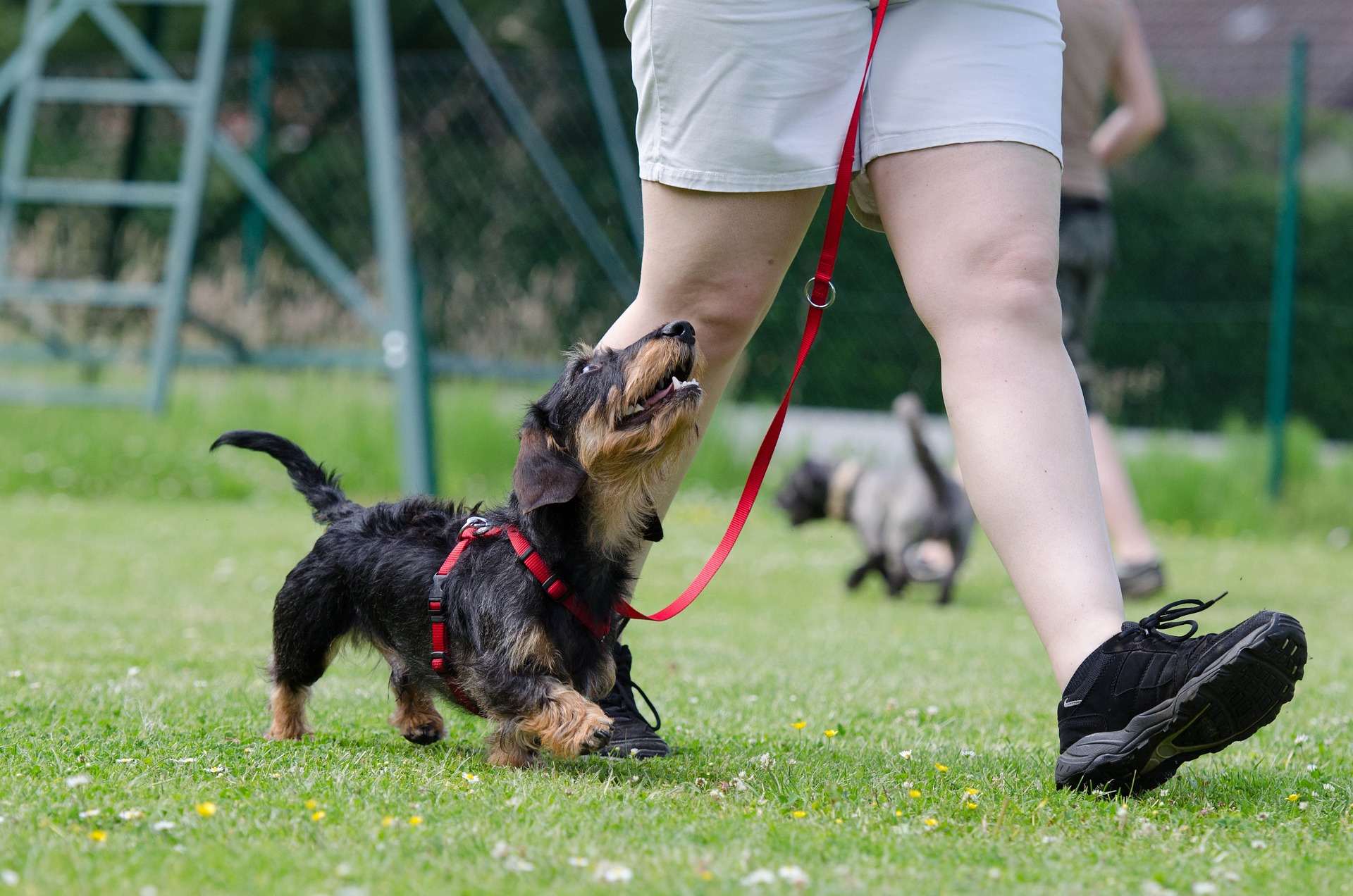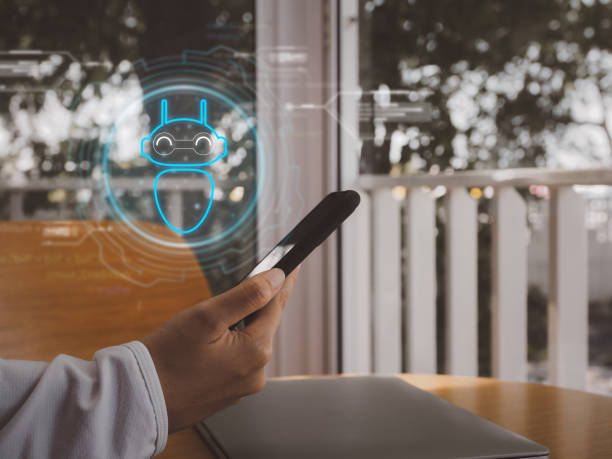Understanding the Advancements in Pet Prosthetics: A New Lease on Life
In recent years, a remarkable stride forward has been made in the realm of pet care - pet prosthetics. Once confined to the realm of science fiction, pet prosthetics are now a reality, offering a fresh lease on life for animals suffering from limb loss or deformities. This article delves into the fascinating world of pet prosthetics, tracing its roots, its current state, and what the future holds.

The Dawn of Pet Prosthetics
The use of prosthetics dates back to ancient times, with the earliest known instance being a wooden toe found on an ancient Egyptian mummy. However, it wasn’t until the 20th century that the technology began to be used for animals. The evolution of pet prosthetics has been slow but steady, with the first recorded instance of a dog receiving a prosthetic limb in the 1950s.
In the initial stages, pet prosthetics were rudimentary and cumbersome, often causing more harm than good. However, advancements in technology and veterinary science have led to the development of lightweight and functional prosthetics that enhance the quality of life for pets.
The State of Pet Prosthetics Today
The field of pet prosthetics has come a long way since its inception. Today, prosthetics for pets are custom-made, taking into account the animal’s size, weight, and specific needs. They are designed to be as comfortable and functional as possible, allowing animals to run, play, and lead normal lives.
In addition to traditional prosthetics, there are also orthotic devices for pets. These are used to support weakened or injured limbs, helping animals regain mobility and independence.
The Financial Aspect of Pet Prosthetics
While the benefits of pet prosthetics are undeniable, they come with a significant cost. The price of a prosthetic limb can range from several hundred to several thousand dollars, depending on the complexity of the device and the specific needs of the pet.
Despite the high cost, the market for pet prosthetics is growing. It is projected that the global pet prosthetics market will reach $241.3 million by 2027, driven by the increasing pet ownership and the rising awareness about pet health and wellbeing.
The Future of Pet Prosthetics
The future of pet prosthetics is promising, with technology continuing to evolve at a rapid pace. Researchers are exploring the use of 3D printing to create affordable and customized prosthetics, while others are investigating the possibilities of bionic limbs that can respond to nerve signals, much like natural limbs.
While these advancements are exciting, they also raise ethical questions about the line between treatment and enhancement. As we move forward, it will be crucial to ensure that the focus remains on improving the quality of life for pets, not merely pursuing technological advancement for its own sake.
In conclusion, pet prosthetics represent a significant leap forward in animal care, offering hope and a new lease on life for pets with limb loss or deformities. As technology continues to evolve, so too will the field of pet prosthetics, opening up new possibilities for our furry friends.






